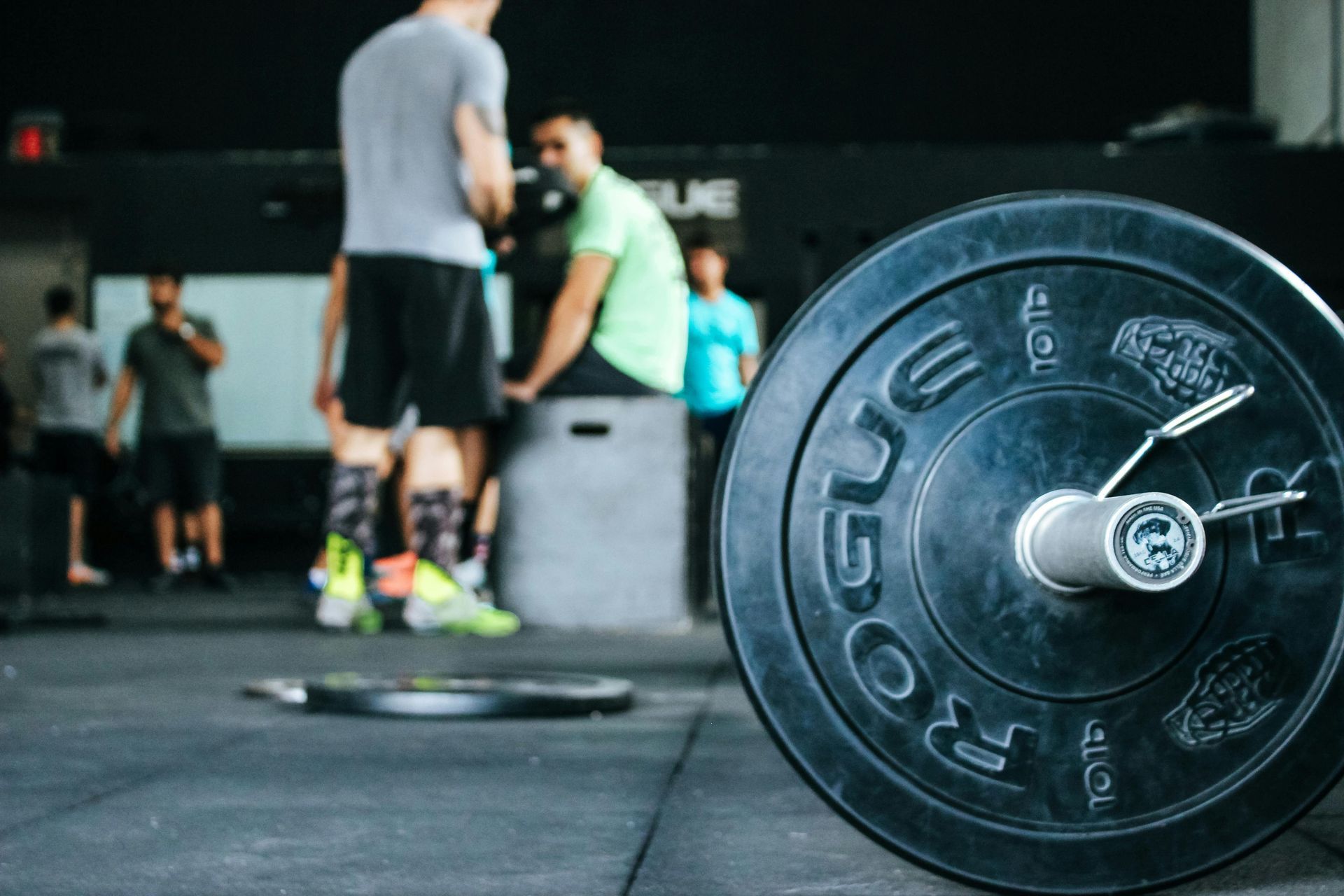Strength Training for Beginners: Building Muscle Safely and Effectively
Strength Training for Beginners: Building Muscle Safely and Effectively

Strength Training for Beginners: Building Muscle Safely and Effectively
Strength training is a crucial component of a well-rounded fitness routine, offering benefits such as increased muscle mass, improved bone density, enhanced metabolic rate, and better overall physical performance. However, for beginners, embarking on a strength training journey can be intimidating. This guide will help you understand the basics of strength training and how to build muscle safely and effectively.
Why Strength Training Matters
Strength training, also known as resistance training, involves exercises that improve muscular strength and endurance. Unlike cardiovascular exercises, which focus on improving heart and lung function, strength training targets your muscles, making them stronger and more resilient.
Benefits of Strength Training
1. Increased Muscle Mass: Regular strength training helps build and maintain muscle mass, which is essential for overall strength and functionality.
2. Improved Metabolism: Muscle tissue burns more calories than fat tissue, even at rest. Increasing your muscle mass can boost your metabolic rate, aiding in weight management.
3. Enhanced Bone Density: Weight-bearing exercises stimulate bone growth and increase bone density, reducing the risk of osteoporosis.
4. Better Joint Health: Strengthening the muscles around your joints provides better support and stability, reducing the risk of injuries.
5. Improved Mental Health: Strength training can boost your mood, reduce anxiety, and improve overall mental well-being.
Getting Started with Strength Training
1. Consult with a Professional
Before starting any new fitness regimen, it's important to consult with a healthcare provider, especially if you have any preexisting conditions or concerns. Additionally, consider working with a certified personal trainer who can create a personalised workout plan and teach you proper form and technique.
2. Set Realistic Goals
Define what you want to achieve with strength training. Whether it's building muscle, losing weight, or improving overall fitness, setting specific, measurable, attainable, relevant, and time-bound (SMART) goals will help keep you motivated and on track.
3. Learn Proper Form
Proper form is crucial in preventing injuries and maximising the effectiveness of your workouts. Focus on mastering the correct technique for each exercise before increasing the weight. Start with bodyweight exercises to build a strong foundation.
4. Start with Bodyweight Exercises
Bodyweight exercises are a great way to begin strength training as they require no equipment and can be done anywhere. Examples include:
- Push-Ups: Strengthen your chest, shoulders, and triceps.
- Squats: Target your quadriceps, hamstrings, and glutes.
- Planks: Build core strength and stability.
- Lunges: Work your lower body and improve balance.
5. Incorporate Free Weights and Machines
As you become more comfortable with bodyweight exercises, gradually incorporate free weights (dumbbells, barbells) and resistance machines into your routine. Free weights require more balance and coordination, engaging multiple muscle groups, while machines provide stability and can be useful for isolating specific muscles.
6. Follow a Balanced Routine
A well-rounded strength training routine includes exercises that target all major muscle groups. Aim to work each muscle group at least twice a week, allowing for adequate rest and recovery between sessions. A typical weekly routine might look like this:
Day 1: Upper body (chest, shoulders, triceps)
Day 2: Lower body (quadriceps, hamstrings, glutes)
Day 3: Rest or active recovery (light cardio, stretching)
Day 4: Upper body (back, biceps)
Day 5: Lower body (calves, abs)
Day 6: Full body or compound exercises (deadlifts, squats, bench press)
Day 7: Rest
7. Progress Gradually
To build muscle effectively, gradually increase the resistance or weight you use in your exercises. This concept, known as progressive overload, challenges your muscles, encouraging them to grow stronger. Aim to increase the weight by about 5-10% once you can comfortably complete the desired number of repetitions with good form.
8. Prioritise Recovery
Muscle growth occurs during rest periods, not during the workout itself. Ensure you get adequate sleep, hydrate well, and include rest days in your routine. Consider incorporating stretching, foam rolling, or light yoga to aid in recovery.
9. Nutrition Matters
Proper nutrition is essential for muscle growth and recovery. Focus on a balanced diet rich in protein, healthy fats, and carbohydrates. Protein is particularly important for muscle repair and growth, so include sources like lean meats, dairy, beans, and nuts in your diet.
Conclusion
Strength training is an effective way to build muscle, improve overall fitness, and enhance your quality of life. By starting slowly, focusing on proper form, and progressing gradually, you can safely and effectively incorporate strength training into your routine. Remember, consistency is key, and with dedication and patience, you’ll see significant improvements in your strength and physical well-being. Embrace the journey and enjoy the transformative power of strength training.







